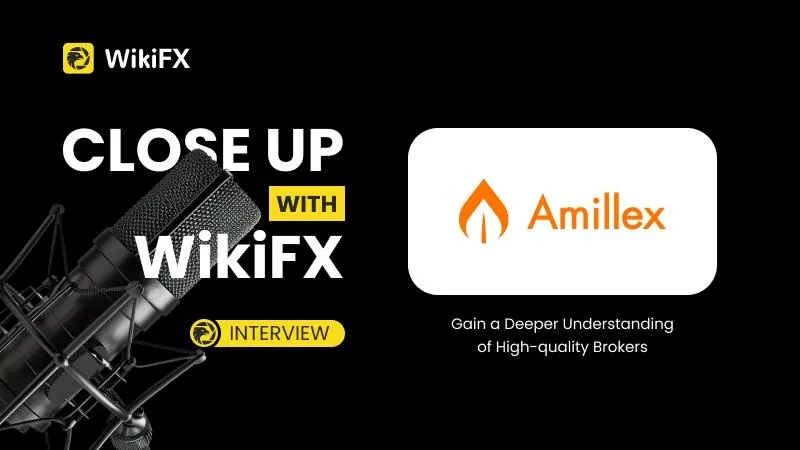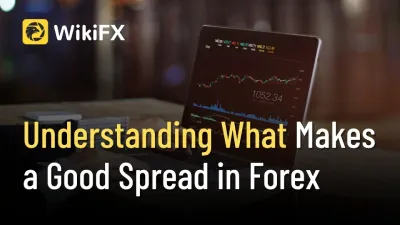GOLD TRADING STRATEGIES AND TIPS
Abstract:If you utilize a spread-betting platform, trading gold is similar to trading forex. A gold trading strategy may include fundamental, emotive, and technical research. Advanced gold traders understand that the yellow metal is valued in US dollars and will factor this into their gold analysis.

THE MAIN TRADING STRATEGY AND WHY YOU SHOULD TRADE GOLD?
Trading gold used to be difficult since you had to buy and sell the metal itself. Then came futures and options, which allowed traders to take positions without having to open a safe full of gold bars, coins, or jewelry. Gold exchange-traded funds (ETFs) made it even easier; trading gold was similar to trading stocks.
Today, trading gold is nearly identical to trading foreign exchange. When a retail investor utilizes a spread-betting platform, it is just a question of buying or selling based on whether they believe the gold price will climb or fall.
Trading gold is appealing to some people simply because the underlying asset is tangible rather than a figure on a bank account. There are several tactics for trading gold, ranging from researching the fundamental variables driving supply and demand to study current gold trader positioning, to technical analysis and monitoring the gold price chart.
Even for those who depend solely on fundamentals, many experienced traders would agree that integrating some elements of fundamental, sentiment, and technical research makes for a superior gold trading approach. We recommend that you study the gold price chart and patterns to help you enter and exit particular trades. Fundamental and sentiment research can help you recognize trends, but a study of the gold price chart and patterns can help you enter and exit individual trades.
TRADING FOREX VS TRADING GOLD
Gold has long been seen as a store of value because, unlike currencies, it is not susceptible to the whims of governments and central banks. Gold prices are not directly impacted by either fiscal or monetary policy and will always be worth something — unlike a currency, which might become nearly worthless due to runaway inflation, for example.
Traders can also utilize gold as a “safe haven,” along with assets such as the Japanese yen, the Swiss franc, and US Treasury notes and bonds. That is, when traders are concerned about risk patterns, they will seek to acquire safe-haven assets. On the other hand, as risk appetite rises, traders seek to sell haven assets in favor of equities and other currencies with higher interest rates. As a result, gold is a crucial inflation hedge and a valued asset.
Market liquidity is another important thing to consider while learning how to trade gold. According to the World Gold Council, average daily trading volumes in gold are bigger than in any other currency pair except EURUSD, USDJPY, and GBPUSD. This makes it greater than the daily trading volume in EURJPY, for example, thus spreads - the difference between buying and selling prices – are low, making gold comparatively affordable to trade.
Gold trading hours are approximately 24 hours a day. Gold exchanges are virtually always open, with trade flowing fluidly from London and Zurich to New York to Sydney, and then to Hong Kong, Shanghai, and Tokyo before Europe takes over again. This implies that liquidity is abundant around the clock, albeit, as with foreign currency, it might be rather quiet after the New York close, with fewer volumes and, as a result, the risk of dramatic price changes.

TRADING GOLD USING TECHNICAL ANALYSIS
Technical traders will observe how the gold price chart's market state has altered over time. From 2005 to 2015, gold prices exhibited a significant upward trend. Since 2015, gold prices have been trading in a narrow band between $1,000 and $1,400. Use a momentum approach if the market is trending. Use a low volatility or range approach if the gold chart is range-bound. This is an important component of a gold trading strategy. In an uptrend, a line linking past highs will operate as resistance when it is above the present level, while a line connecting recent higher lows would work as support — the opposite is true in a falling market. Chart patterns such as head-and-shoulders tops and double bottoms are equally as important when trading currency pairings. Elliott Wave analysis, Fibonacci retracement levels, momentum indicators, and other approaches may all assist the more expert technical trader to predict anticipated future moves.
GOLD TRADING TIPS FOR TRADER
Returning to fundamental analysis, the novice should keep one thing in mind: is market sentiment going to be favorable or negative? If the former, the gold price is expected to decline; if the latter, the gold price is likely to climb. As a result, this is the most basic approach to employ while trading gold. However, for the more experienced trader, it is also vital to evaluate what is going to happen to the Dollar. In recent years, the Dollar has also grown to be seen as a safe haven, which helps to explain why the gold price in Dollars has stayed relatively consistent. In terms of supply, advanced traders should keep a watch on output numbers from major producers such as Barrick Gold and Newmont Mining.
PRINCIPAL GOLD TRADING TIPS ARE AS FOLLOWS:
· Consider if the markets are “risk-on” or “risk-off.”
· Consider the expected behavior of the US dollar and the gold price.
· Consider combining basic, emotional, and technical analyses.
· Keep an eye out for central bank purchases or sales.
· Consider the popularity of gold jewelry.
· Examine the industrial demand for gold.
· Also, consider the supply situation.

Related broker





Read more

Voices of the Golden Insight Award Jury | George Georgiou, the Co-Founder of Dynamic Works
WikiFX Golden Insight Award uniting industry forces to build a safe and healthy forex ecosystem, driving industry innovation and sustainable development, launches a new feature series — “Voices of the Golden Insight Awards Jury.” Through in-depth conversations with distinguished judges, this series explores the evolving landscape of the forex industry and the shared mission to promote innovation, ethics, and sustainability.

Prop Firm Tradeify Signs ‘The Nuke’ as Global Brand Ambassador
Miami-based prop trading firm Tradeify has officially announced a major long-term partnership with Luke “The Nuke” Littler, the current World Number 1 and reigning 2024/2025 PDC Darts World Champion. Littler joins Tradeify as its new Global Brand Ambassador, marking one of the company’s most significant branding investments to date.

Close Up With WikiFX —— Take A Close Look At Amillex
With the rapid growth of global multi-asset investment markets, the differences among regional forex markets have become increasingly significant. As a forex broker information service platform operating in more than 180 countries and regions, WikiFX is dedicated to helping investors in every market identify reliable brokers. Therefore, we have launched an exclusive interview series —— "Close Up With WikiFX", offering in-depth conversations with local brokers. This series aims to dive deep into frontline markets and provide first-hand information, helping investors gain a clearer and more comprehensive understanding of quality brokers.

Understanding What Makes a Good Spread in Forex
Find out what a good spread in forex trading is, typically between 0 to 5 pips, and why it matters for traders aiming to reduce expenses.
WikiFX Broker
Latest News
Axi Review: A Data-Driven Analysis for Experienced Traders
INZO Regulation and Risk Assessment: A Data-Driven Analysis for Traders
GGCC Bonus and Promotions: A Data-Driven Analysis for Experienced Traders
Close Up With WikiFX —— Take A Close Look At Amillex
CapEx Spending On AI Is Masking Economic Weakness
Questrade Review Pros, Cons and Regulation
AccentForex Review: Is It Safe to Invest or Scam?
Cleveland Fed's Hammack supports keeping rates around current 'barely restrictive' level
Delayed September report shows U.S. added 119,000 jobs, more than expected; unemployment rate at 4.4%
The CMIA Capital Partners Scam That Cost a Remisier Almost Half a Million
Rate Calc

